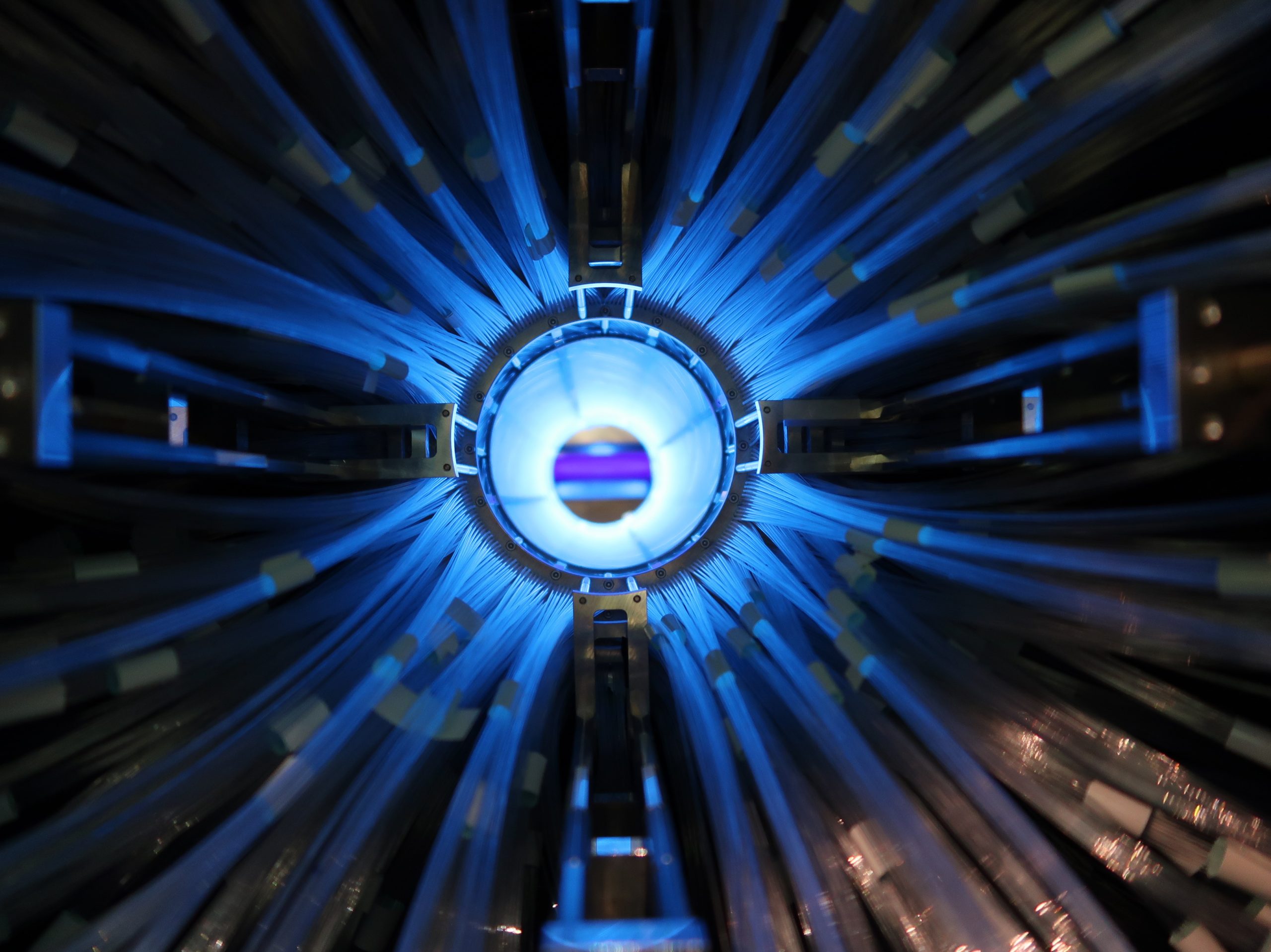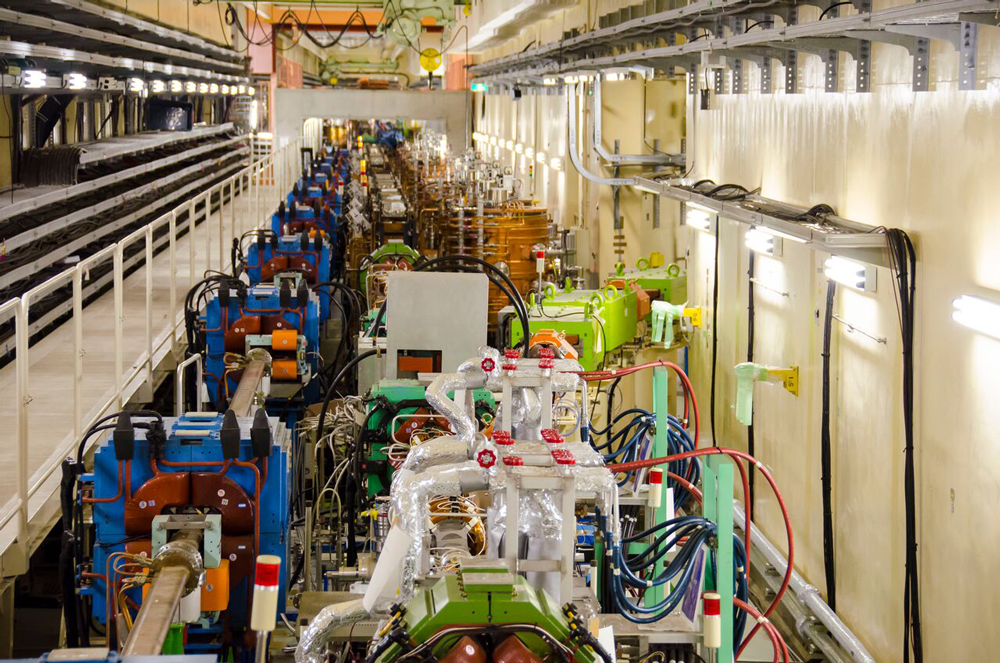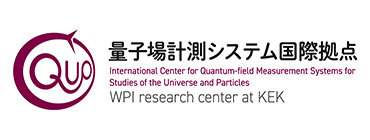- Topics
First turns and successful storage of beams in the SuperKEKB electron and positron rings
March 2nd, 2016
After five years of large-scale upgrade work, SuperKEKB, an electron-positron colliding accelerator at KEK in Japan, has started test operations. SuperKEKB succeeded in circulating and storing beams in the electron and positron rings, which is the first milestone of its commissioning.
On February 1, KEK started test operation of the SuperKEKB electron-positron collider. This machine represents a major upgrade from the previous KEKB accelerator, and is the culmination of years of construction that started in the second half of 2010.
On February 10, SuperKEKB succeeded in circulating and storing a positron beam in the positron ring, and on February 26, succeeded in circulating and storing an electron beam in the electron ring as well.
Machine tuning will continue until the end of June 2016, followed by installation of the Belle II detector upgrade and new superconducting electromagnets for the final focus at the collision point. Machine tuning will then be carried out to achieve collisions of the electron and positron beams.
SuperKEKB has adopted and will realize for the first time a nano-beam large-angle crossing collision scheme, with the beam size at the collision point reduced to 1/20th of the beam size of KEKB. The stored beam current will also be increased to twice that of KEKB, with the final aim of achieving a collision performance 40 times higher than that of KEKB.
The rate of collisions produced by SuperKEKB will be several tens of times larger than that of KEKB. The aim is to pursue the mystery of the disappearance of anti-matter during the early, developmental processes of the universe, and to discover and clarify new physical laws that go beyond the Standard Model of particle physics.
Check out KEK Press Release for details.








